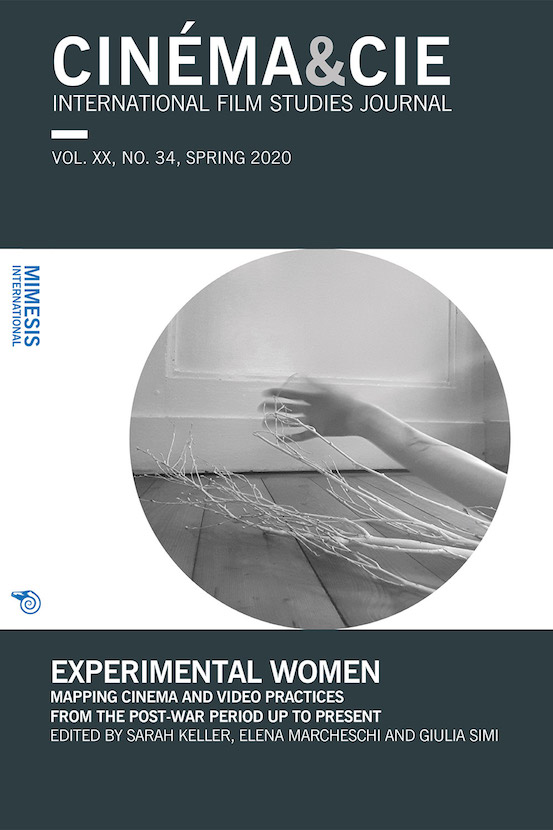Marguerite Duras, Experimental Filmmaker Between Antinarration and Iconoclasm
Abstract
The essay is focused on how Duras’ film writing is a visual expression of the central themes of her literature (love and desire) and how certain practices of aesthetic aniconism – and their theoretical reading – refer to the manifestation of emotional and sentimental control. End of love, end of representation. The essay will also analyze how the field of feeling in Duras’ cinema is characterized by a double process of taking the loved object off the frame, from the early films to the iconoclast L’Homme atlantique (1980), the French writer’s cinematic testament. The process is accomplished in this film, the most radical and experimental of Duras’ film works, in which thirty minutes out of the forty are characterized by a black screen. The process of rarefaction of the constituent components of cinema has been achieved by denying the image itself. The anti-narrative begins to approach the idea of an iconoclastic cinema, devoid at the same time of narrative and images. This essay intends to deepen precisely this path towards the annihilation of cinema as an act of provocation.
Downloads
Published
How to Cite
Issue
Section
License
Copyright (c) 2021 Cinéma&Cie. Film and Media Studies Journal

This work is licensed under a Creative Commons Attribution 4.0 International License.





